
HIIT PROTOCOLS FOR SUPERIOR VO2MAX AND BRAIN FUNCTION
High-intensity interval training can be intimidating but there are undeniable benefits that could make you eager to include it in your workouts. HIIT workouts alternate between intense activity, reaching 80% of your maximum heart rate, and recovery periods. You'll power through exercises like jumping jacks and burpees, then slow down with walking or light stretching. Studies highlight HIIT's positive impact on VO2max, a measure of your body's oxygen use reflecting your cardiorespiratory system's efficiency, crucial for athletes' endurance [3]. This article delves into HIIT's health benefits, how to gauge your VO2max, and ways to integrate interval training into your exercise regimen.

BENEFITS OF HIGH-INTENSITY INTERVAL TRAINING (HIIT)
Studies show that HIIT training not only helps lower blood sugar levels but also boosts brain health. It encourages the creation of new brain cells in the hippocampus, which is essential for memory and learning. Moreover, HIIT enhances the body's defence against cellular damage by increasing antioxidant levels [1,3].
Studies reveal that HIIT workouts boost VO2max, your body's oxygen use during exercise, more than standard moderate exercise. Interestingly, about 40% of people don't see an increase in VO2max with moderate workouts, but HIIT helps overcome that, showing improvements for nearly everyone [9]. VO2max is a top measure of cardiorespiratory fitness and is linked to a lower risk of all-cause mortality and the onset of chronic diseases like heart disease and type 2 diabetes. Elite athletes with high VO2max levels see an 80% lower risk of all-cause mortality, highlighting the importance of improving this key fitness metric [8].
EFFECT OF HIIT TRAINING ON FAT OXIDATION AND MITOCHONDRIAL CONTENT
High-Intensity Interval Training (HIIT) significantly impacts our body's mitochondria, the energy-producing units. HIIT promotes mitochondrial biogenesis, creating more mitochondria and enhancing the body's ability to utilise fat for energy during exercise.
An essential element in this process is the enzyme carnitine palmitoyl transferase (CPT), responsible for transporting fatty acids into mitochondria for energy production [14]. Regular exercise increases CPT levels, ensuring more efficient fat utilization while preserving carbohydrates. Exercise also stimulates mitophagy and autophagy, clearing dysfunctional mitochondria and cellular waste [6, 11].

HOW TO KNOW YOUR VO2max
A person can estimate their VO2 max using equations or online calculators, but the most accurate assessment involves controlled laboratory testing with incremental exercise protocols. Nonetheless, convenient tools like the World Fitness Level calculator allow users to monitor changes in VO2 max over time, providing an accessible way to track their fitness progress. Furthermore, fitness devices such as the Apple Watch include features to estimate aerobic capacity and VO2 max [10].
HIIT FOR ALL: UNDERSTANDING VARIED APPROACHES FOR ATHLETES AND REGULAR INDIVIDUALS
Top-tier endurance athletes participate in 15-20 training sessions weekly, dedicating 25-30 hours to their training regimen. To optimise endurance, the recommended training ratio is 80% low to moderate intensity and 20% high-intensity interval training (HIIT). However, the approach to physical activity for general health differs from that of athletes. For individuals focusing on HIIT, dedicating 20-25 minutes, three to four times a week, can yield comparable improvements in VO2max [10].
EXERCISE ‘SNACKS’ AND VILPA (VIGOROUS INTERMITTENT LIFESTYLE PHYSICAL ACTIVITY)
‘Exercise snacks’ refer to short, intense bursts of activity sprinkled throughout the day. A study with sedentary adults climbing vigorously 60 steps 3 times daily, 3 days a week, significantly improved fitness in just 6 weeks [5].
VILPA, or vigorous intermittent lifestyle physical activity, is the non-exercise equivalent of an exercise snack. It entails infusing bursts of intense effort into daily activities, such as energetically climbing stairs with bags instead of taking the elevator. Observational evidence indicates that dedicating Just 3-4 minutes of VILPA daily may reduce mortality risk by 25-30%. To integrate VILPA, set reminders for a daily total of 3-4 minutes, equating to the benefits of 30 minutes of weekly vigorous activity [13].

CHOOSING THE RIGHT HIIT PROTOCOL FOR YOU
In a typical HIIT session, you would do a cycle of 60 seconds of high-intensity work followed by 60 seconds of rest, repeating this 10 times. This makes up a 20-minute workout, including your warm-up and cool-down. This one-to-one ratio of work to rest is ideal for beginners, who might start with even shorter efforts, like 30 seconds of intense exercise followed by 30 seconds of rest [4]
Variations like Tabata, with 20 seconds of work and 10 seconds of rest repeated 8 times for a total of 4 minutes, and Wingate, which involves 30 seconds of maximum effort followed by 4 minutes of recovery, repeated 4 to 6 times, add diversity. While Wingate is effective, it's less popular among novices due to its challenging nature. Beginners should consider seeking advice from trainers to tailor the workout intensity to their level [12].
BOTTOM LINE
HIIT workouts positively impact various aspects of health, notably VO2max, a key measure of cardiorespiratory fitness. The multifaceted benefits extend to blood sugar reduction, brain health, and increased antioxidant capacity. This approach offers a suitable option for anyone looking to obtain peak performance and reduce the risk of chronic illness.
If you’d like to know more about the science of vigorous exercise, we recommend the interview with Dr. Martin Gibala: ‘The Science of Vigorous Exercise — From VO2 Max to Time Efficiency of HIIT’ on http://FoundmyFitness.com



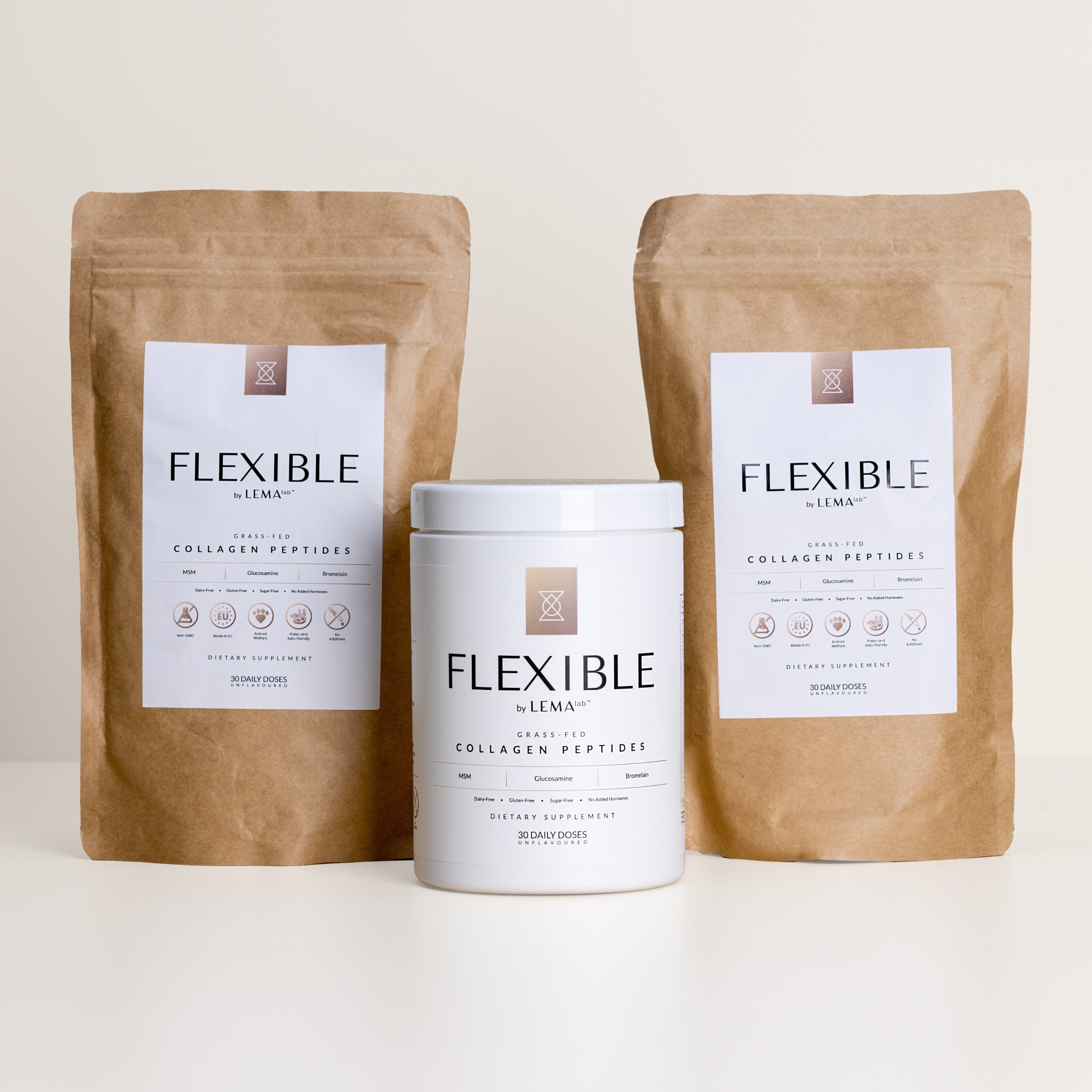
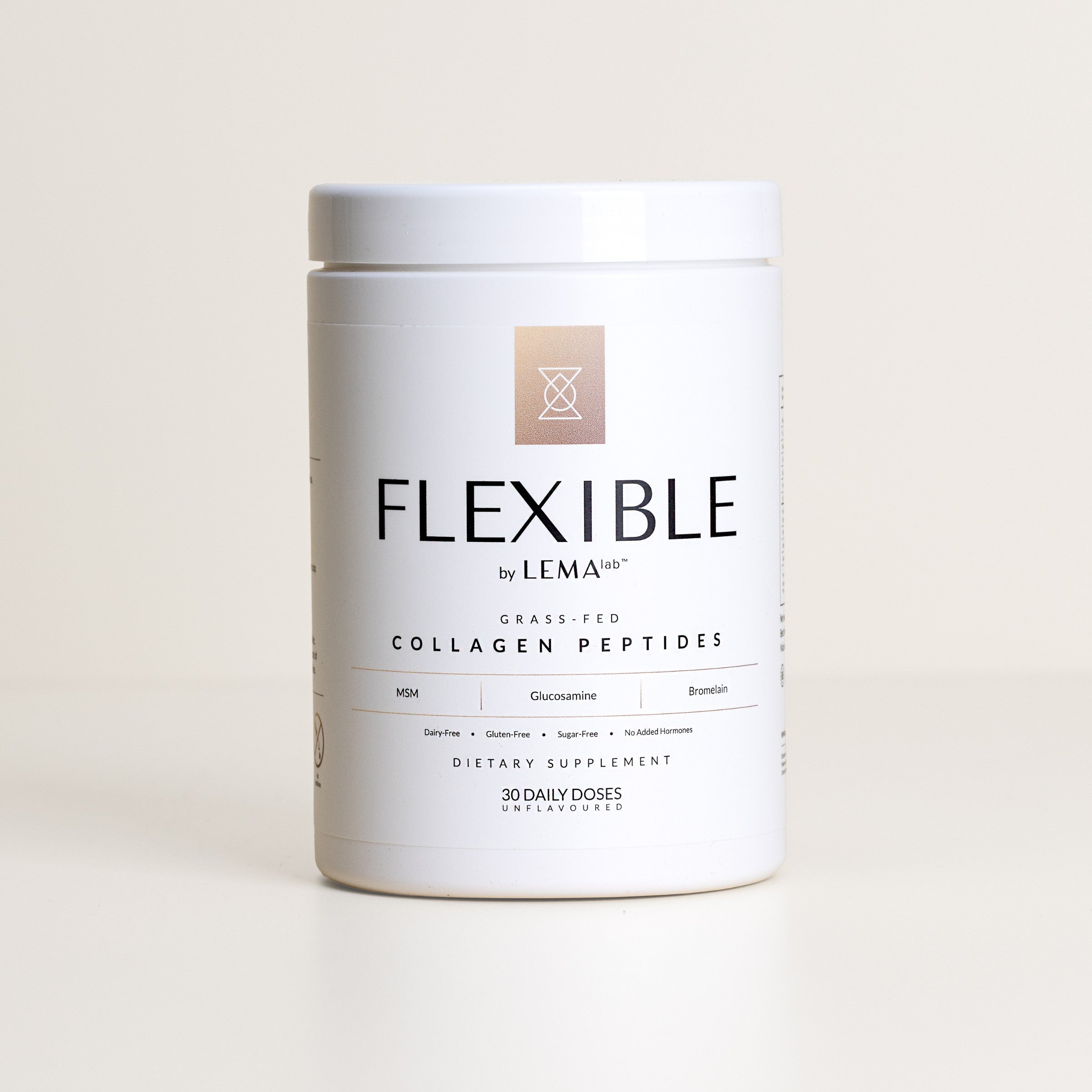
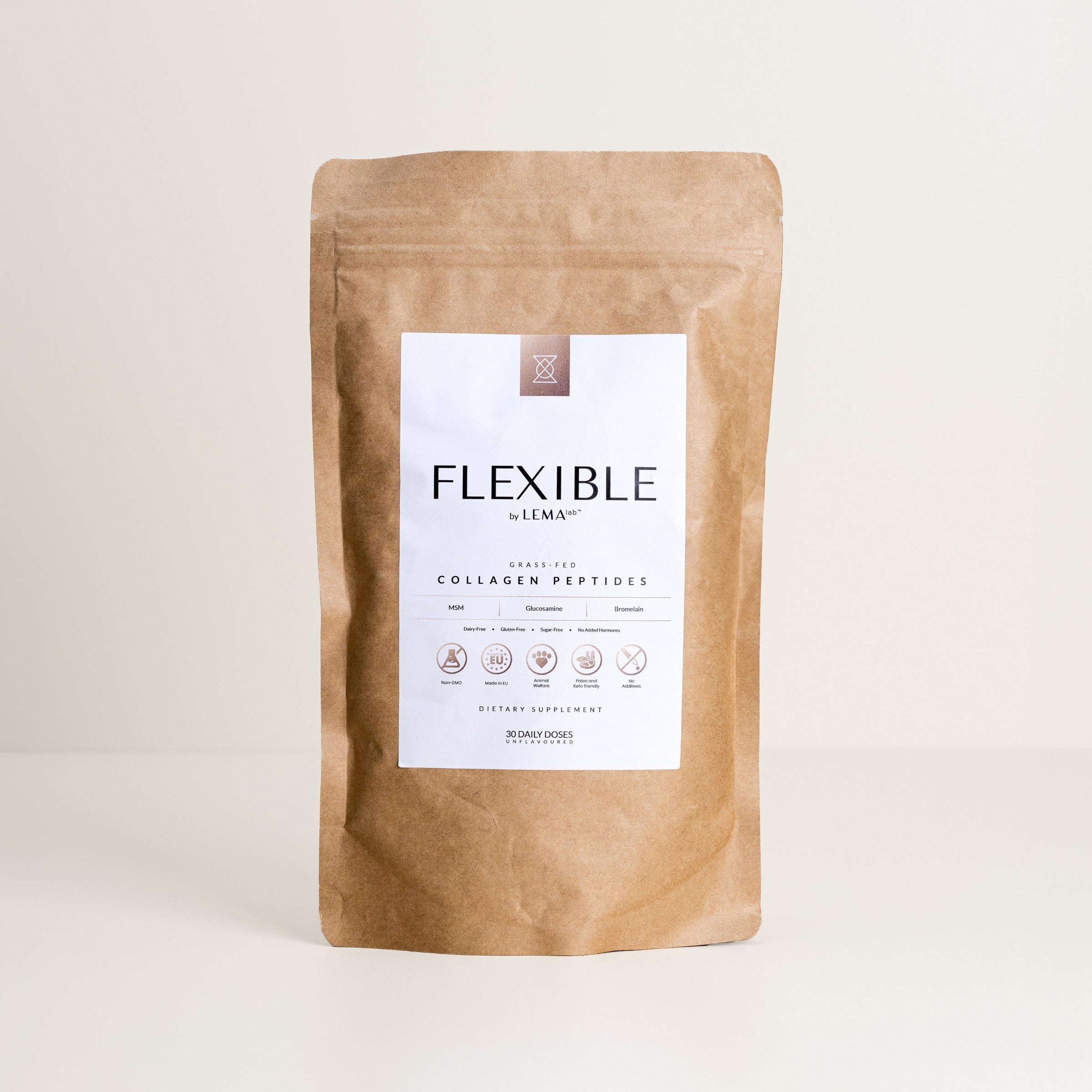
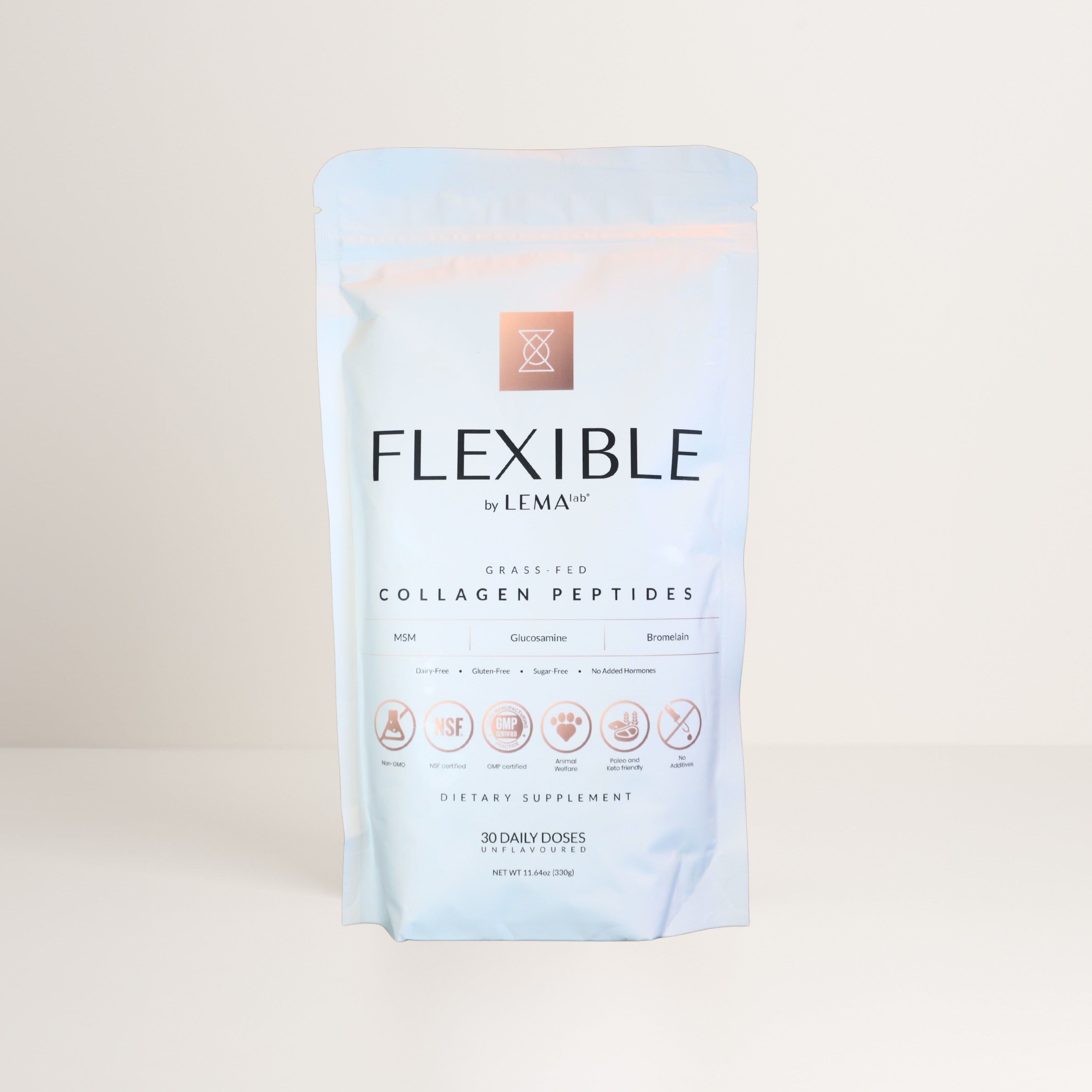
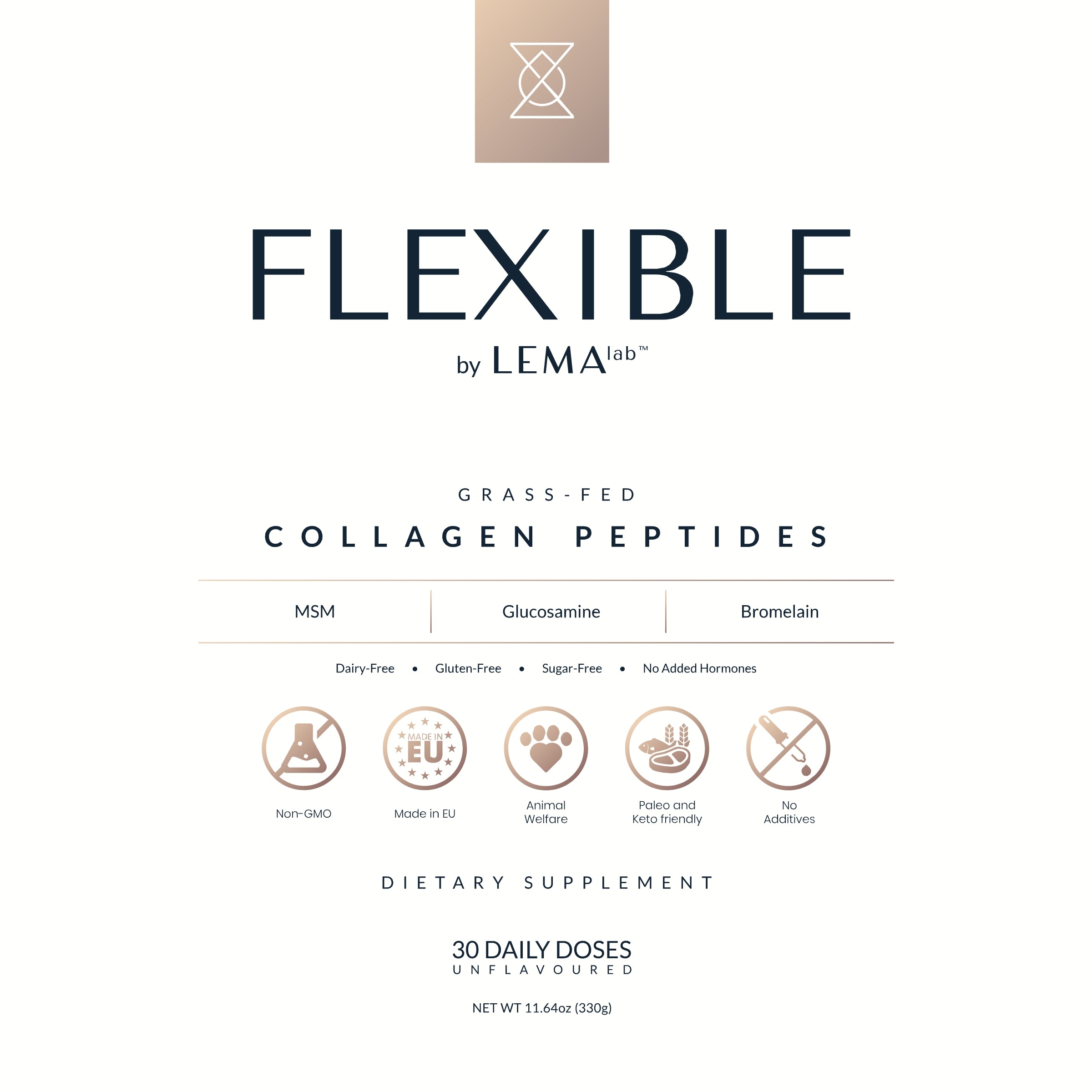
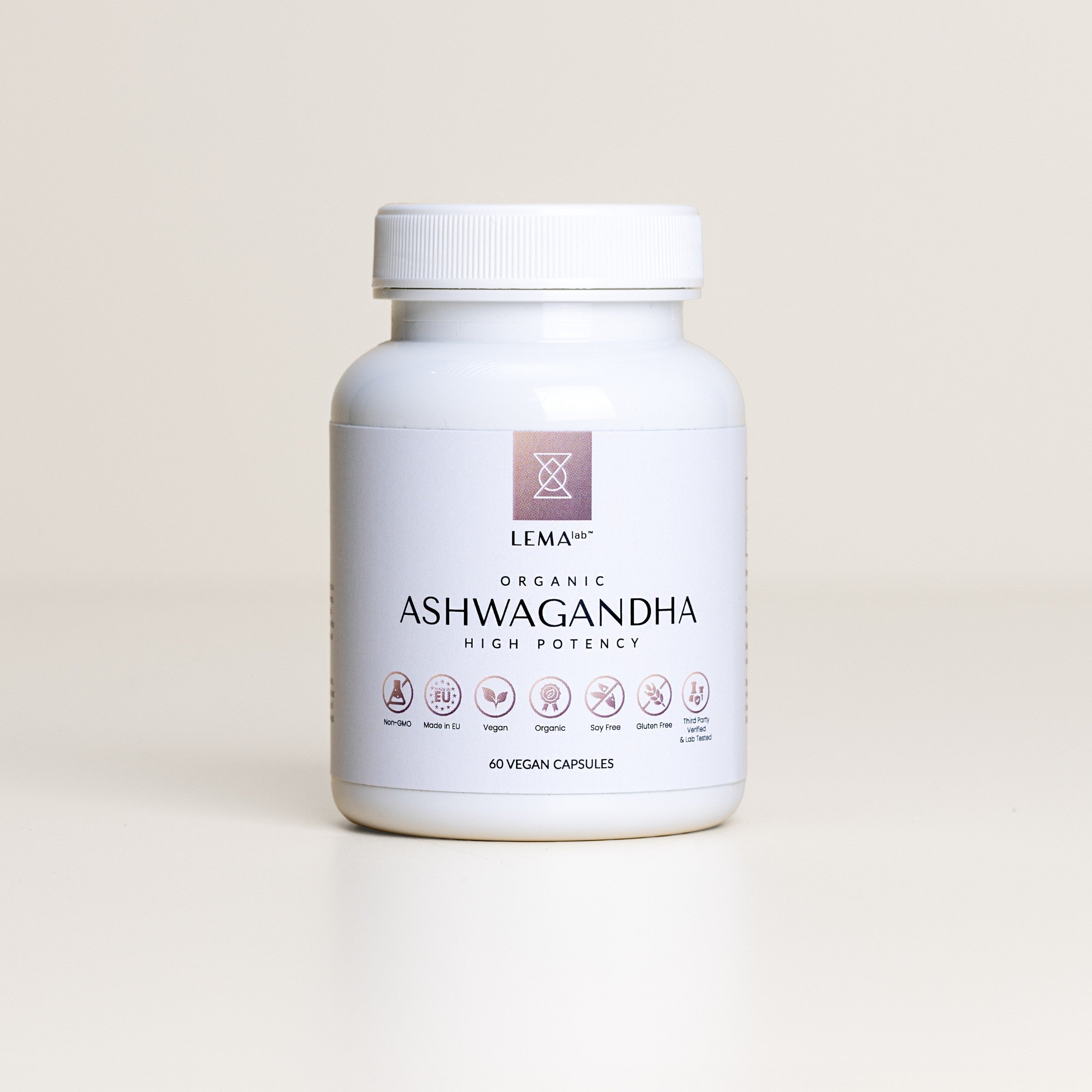

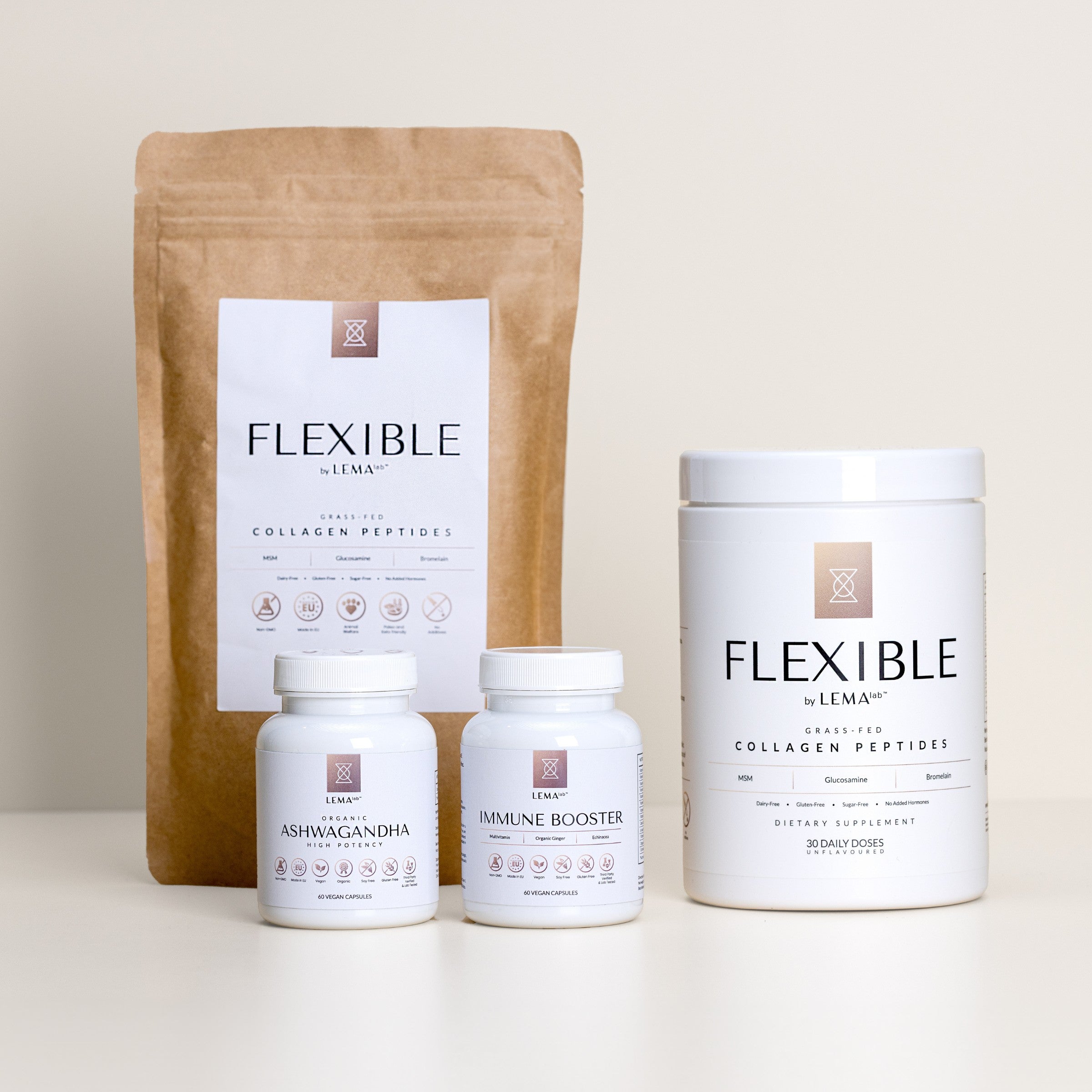

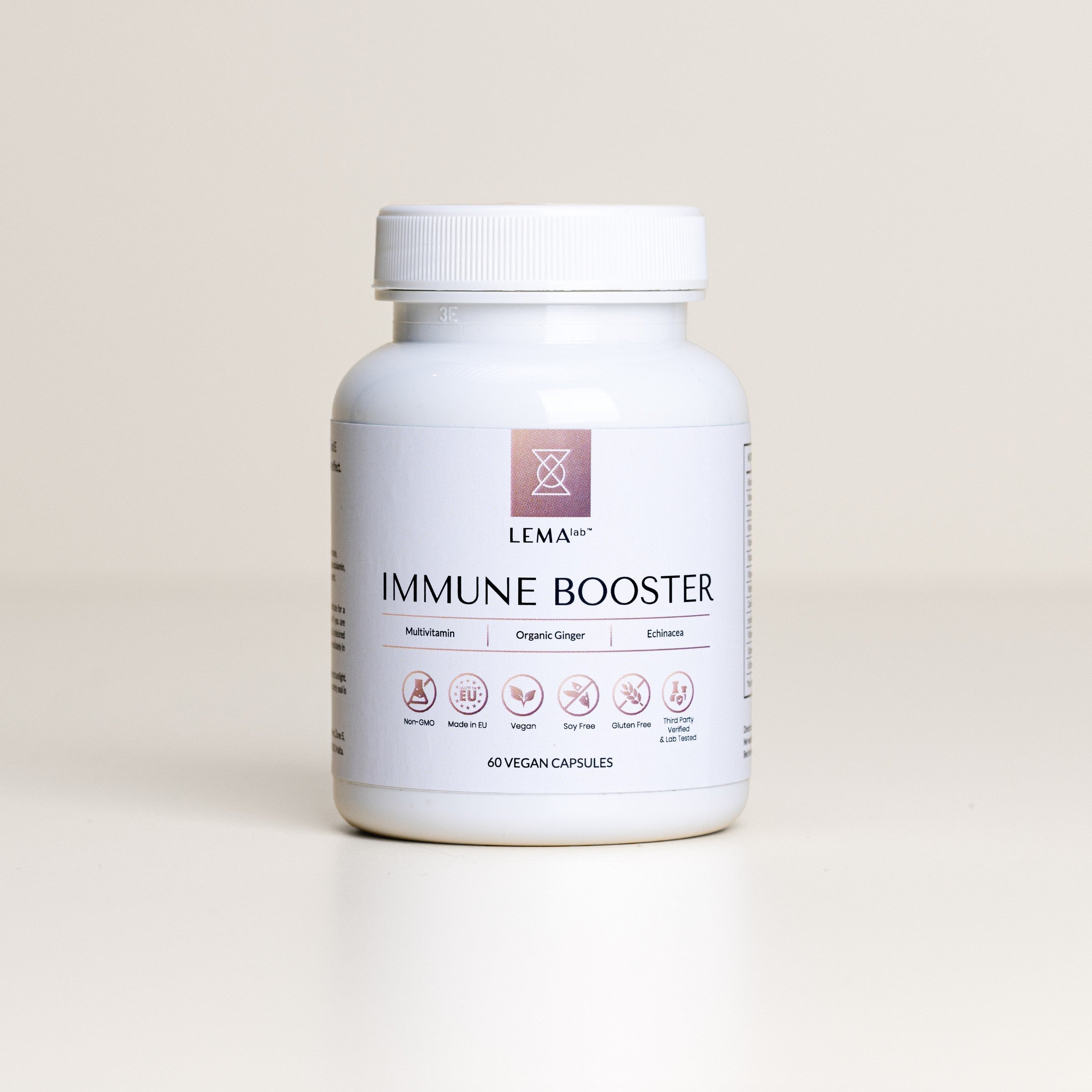
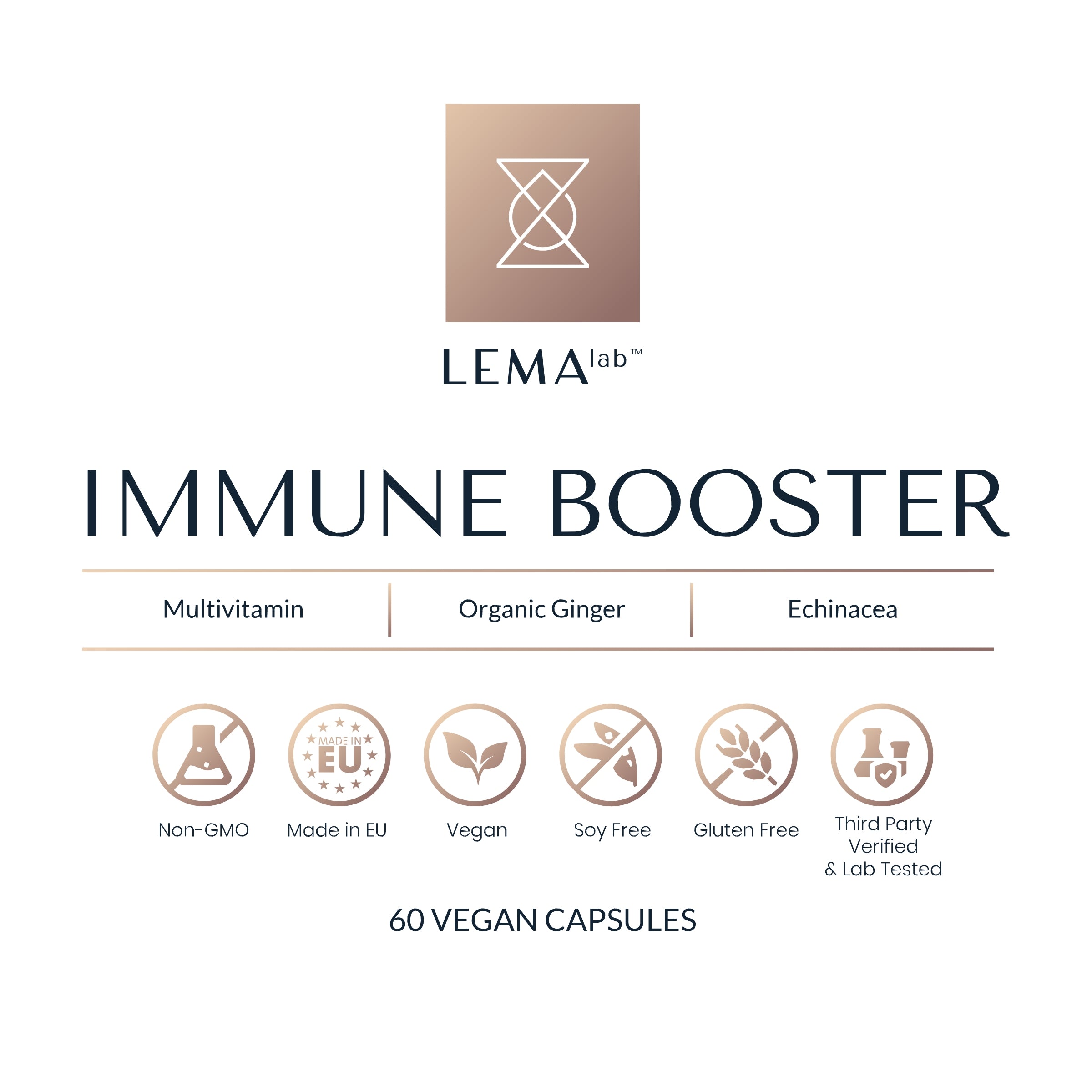
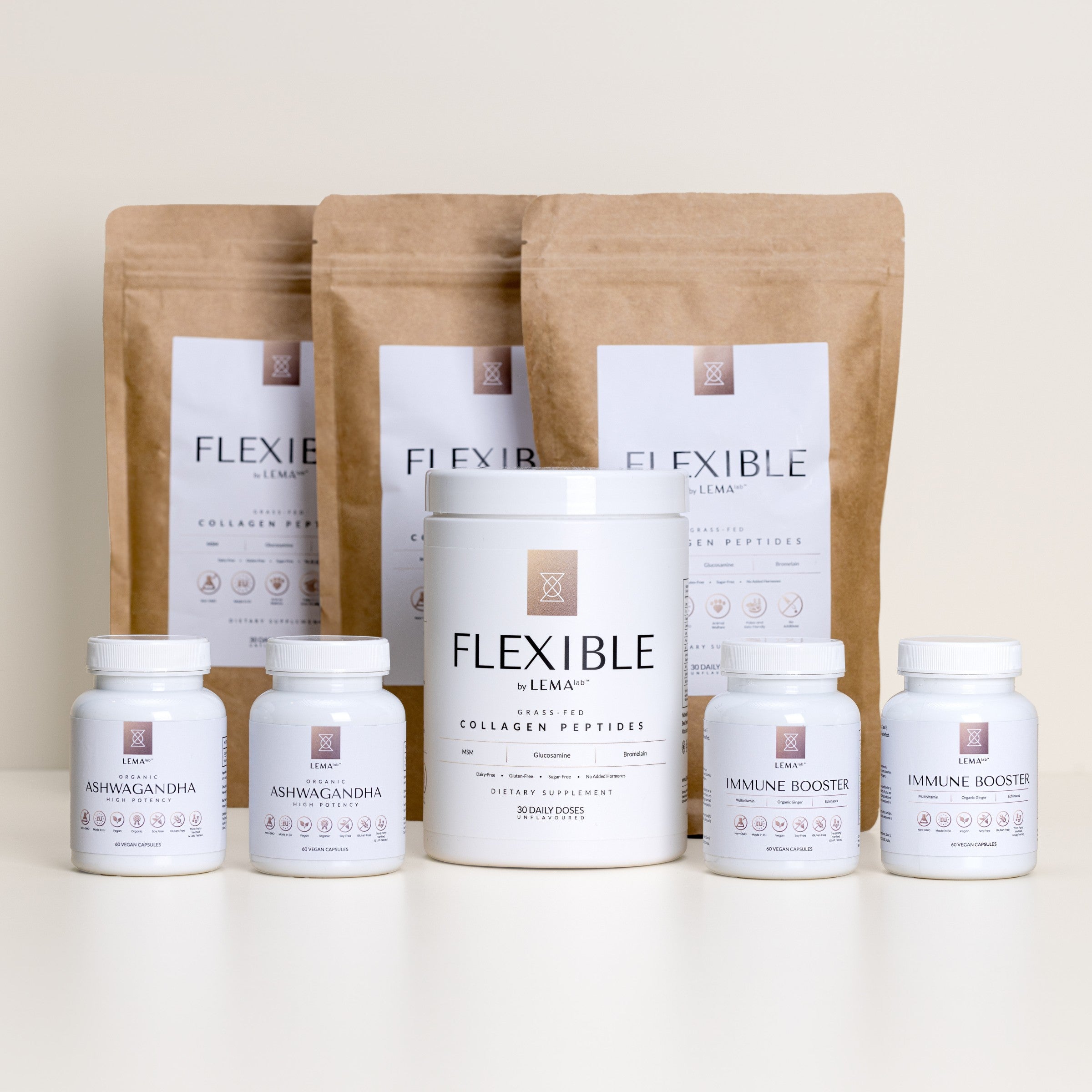
Leave a comment
This site is protected by hCaptcha and the hCaptcha Privacy Policy and Terms of Service apply.